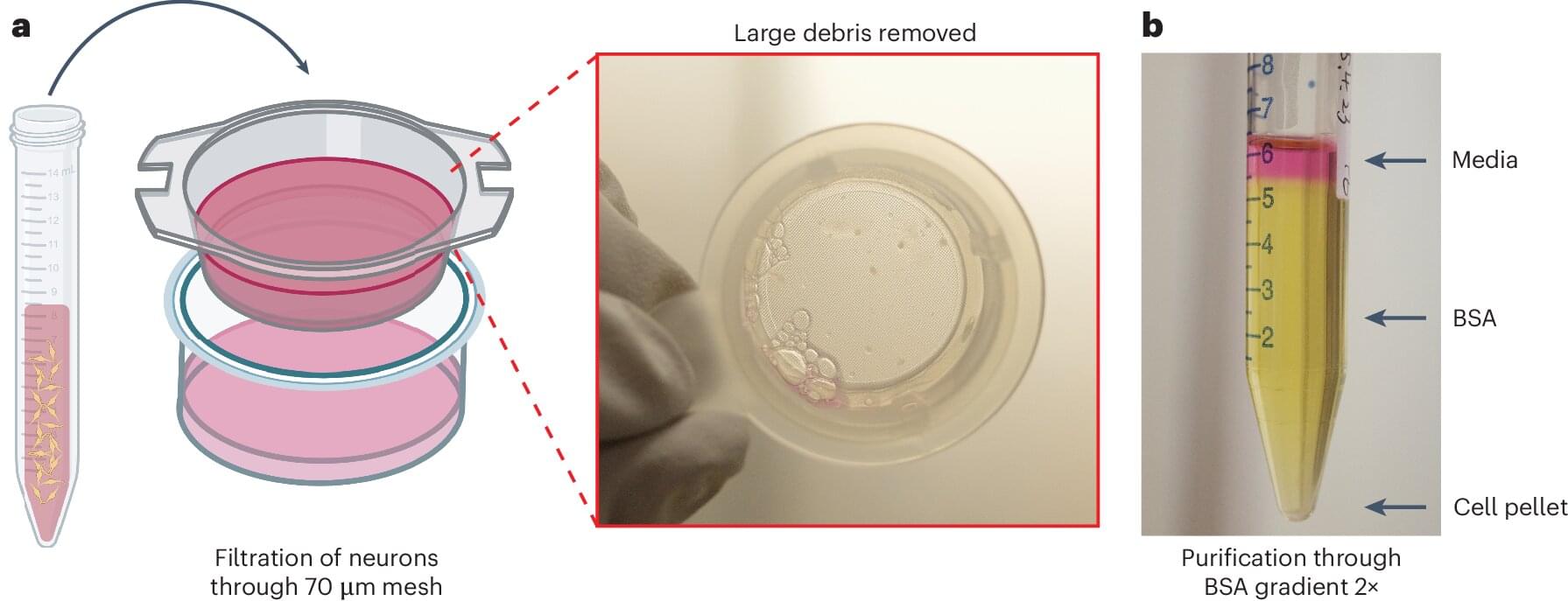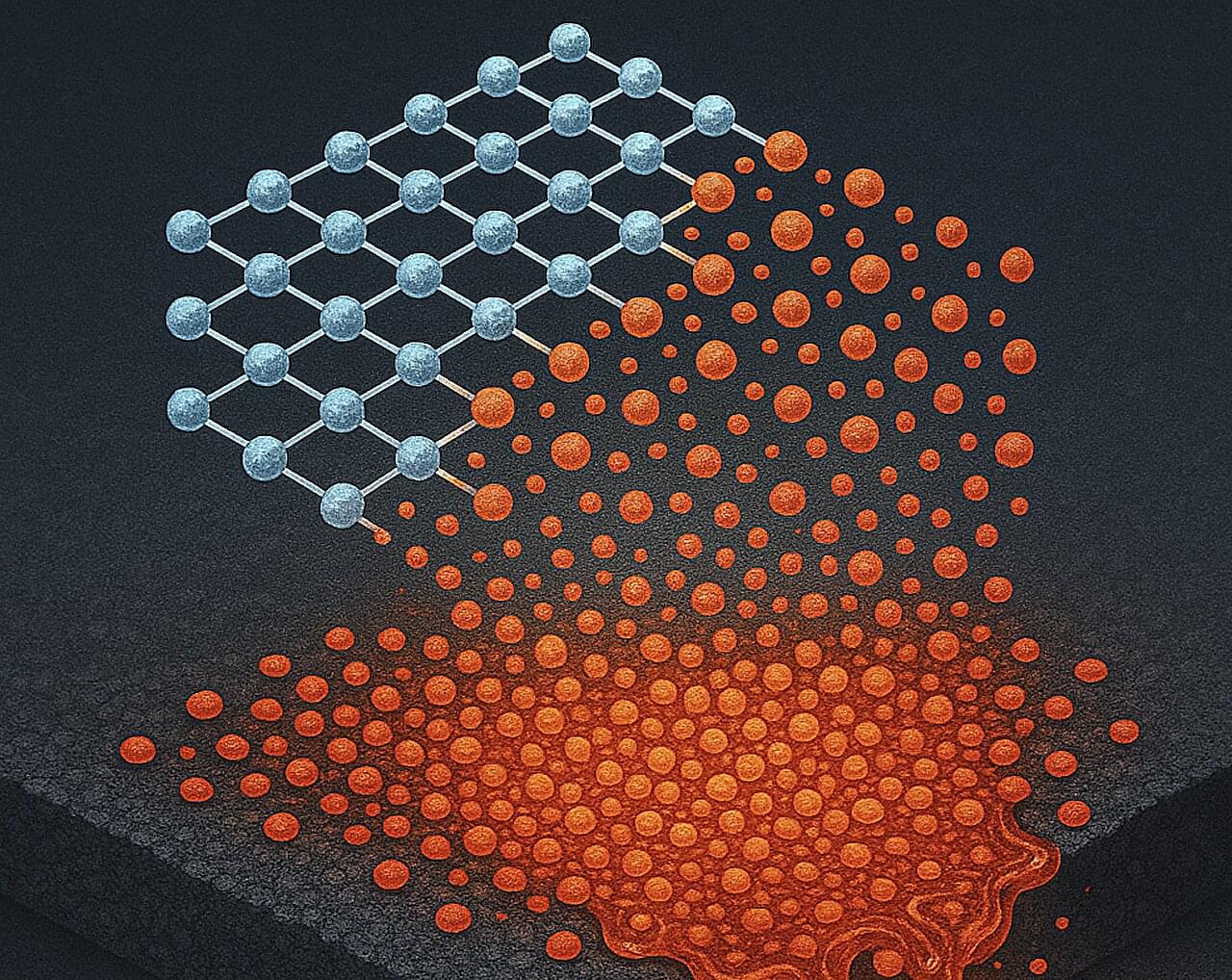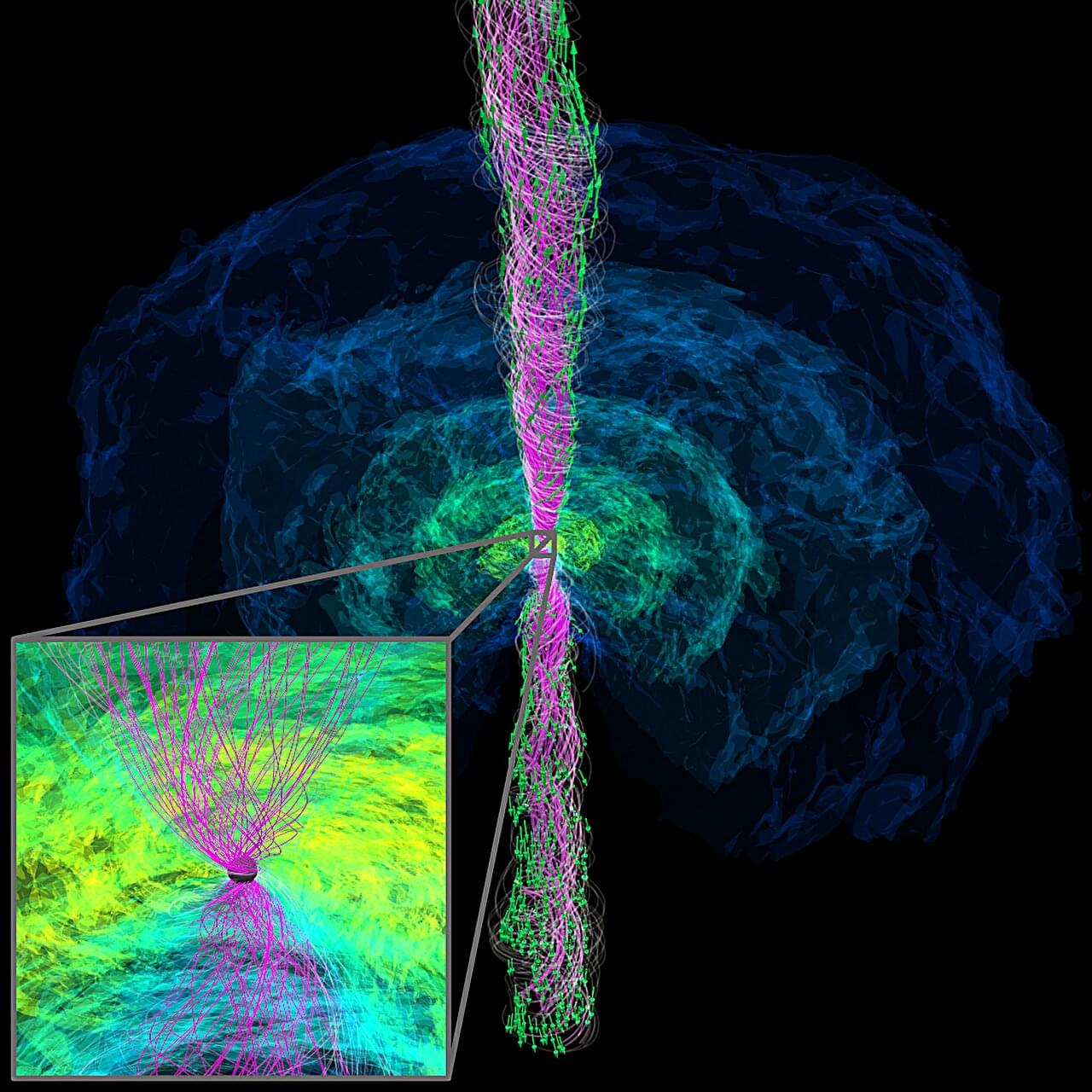Understanding the electrical activity of neurons is key to unlocking insights into neurological diseases. Yale researchers have unveiled a high-throughput automated method that captures the electrical activity of large numbers of neurons simultaneously and without bias.
This cutting-edge approach provides a powerful “functional fingerprint” of neuron populations in their natural state, opening new doors to understanding and treating neurological diseases. The work was published June 13 in Nature Protocols.
The patch-clamp technique has long been a gold standard for studying the electrical activity of neurons, the fundamental units of the nervous system. However, the manual execution of this approach is slow and labor-intensive. Recent advances in robotic patch-clamp technologies have improved speed and efficiency, but they are limited to artificially grown neurons rather than neurons in their native unmanipulated state.









